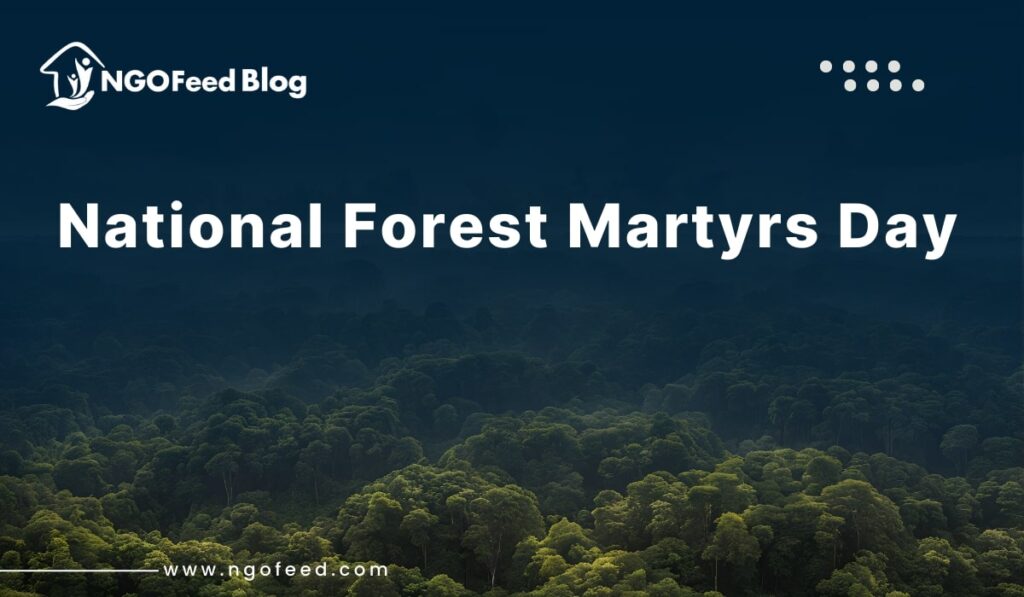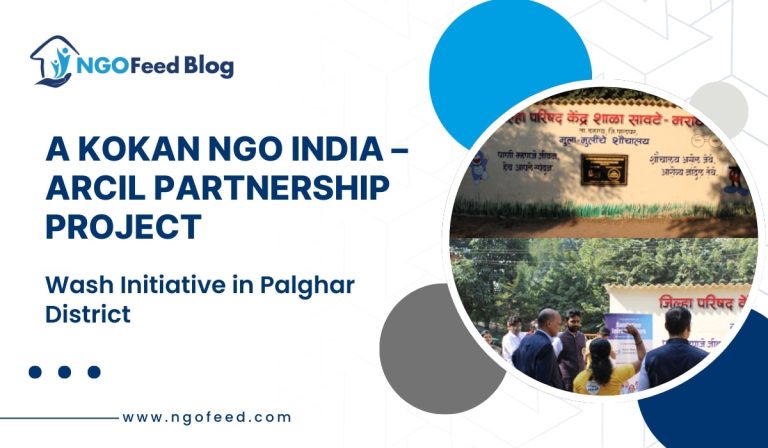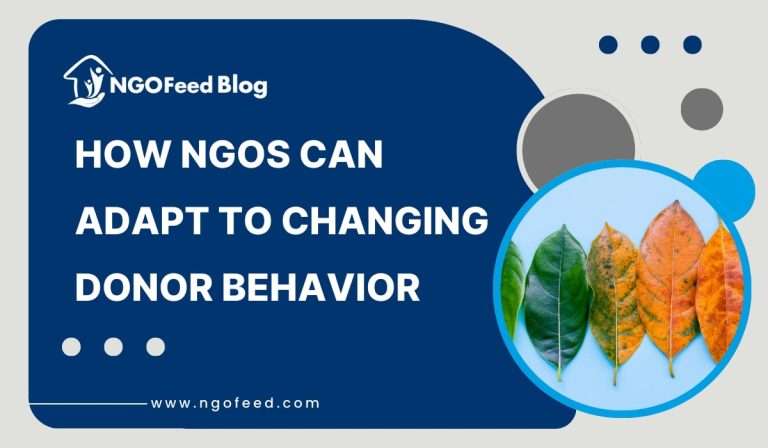National Forest Martyrs Day 2025: Every 11th September, India celebrates National Forest Martyrs Day to honor the courageous people who gave their lives protecting woods and fauna. Among these martyrs are forest officials, rangers, guards, environmental activists, even regular villagers who resisted poachers, smugglers, unlawful loggers, and natural dangers. Their commitment shows both a great respect for nature and a professional obligation.
This day reminds us that protecting woodlands is not a choice in a society where deforestation, climate change, and loss of biodiversity jeopardize ecological balance. choice is but a requirement for human survival.
Table of Contents
National Forest Martyrs Day 2025: Background and Early Years
Under the Ministry of Environment, Forest and Climate Change, the Government of India formally designated the day in 2013. The date 11 September was picked in memory of the Khejarli Massacre, which occurred in Rajasthan in 1730.
Led by Amrita Devi Bishnoi, more than 360 Bishnoi people gave their life in this momentous occasion to stop the sacred Khejarli trees from being cut down. Amrita Devi’s words—”A chopped head is cheaper than a felled tree”—reflect her love for nature. Many view this brave deed as among the first and most powerful environmental movements globally.
Goals of the Day
- To pay tribute to the martyrs who gave their lives to conserve forests and wildlife.
- To educate people about the crucial role forests play in ecosystem balance.
- To motivate people to live sustainably.
- To reinforce conservation rules against poaching, deforestation, and unlawful trade.
- To inspire young people to uphold the legacy of eco-aware life.
National Forest Martyrs Day 2025 Relevance
- The lungs of the Earth are forests, which generate oxygen, control precipitation, and store carbon.
- Home to varied flora and fauna, India has more than 21% forest cover.
- Frontline forest employees sometimes run life-threatening hazards from poachers, wild animals, and difficult terrain.
- The day serves as a reminder that preserving woodlands means saving life itself.
Observation and Behavior
- National Celebration: To be held at Dehradun, Uttarakhand, at the National Forest Martyrs Memorial.
- Tributes include memorial services for martyrs, silence, and wreath-laying.
- Awareness Drives: Tree plantations, conferences, rallies, workshops.
- In colleges and universities, young involvement includes street plays, essay writing, drawings, and debates.
- NGO activities: grassroots movements to inform and mobilize communities.
NGO and citizen responsibilities
- One cannot entrust conservation only to forestry experts; people can help by:
- Planting and growing of trees.
- Avoiding plastic consumption, deforestation, and unsustainable usage.
- Reporting unlawful logging and wildlife trade.
- Advocating ecologically conscious goods and policies.
By educating villages in sustainable methods, raising awareness, and collaborating with government programs, NGOs play a crucial part in turning conservation into a shared responsibility.
National Forest Martyrs Day- Relevance in Today’s Context
- Climate change: Forests aid to lower greenhouse gases by acting as carbon sinks.
- Preservation of ecosystems guarantees the continued survival of threatened species by means of biodiversity.
- Preserving forests reduces human-wildlife conflict.
- Sustainable development requires a harmony between urban expansion and environmental preservation.
National Forest Martyrs Day therefore, calls for future responsibility rather than just remembering
Pledge for National Forest Martyrs Day
“On this National Forest Martyrs Day,
I bow with respect to all the brave souls who sacrificed their lives for protecting our forests and wildlife.
I pledge:
- To respect and conserve trees, forests, and all forms of life.
- To avoid activities that harm nature, and to encourage others to do the same.
- To plant more trees and care for them as living beings.
- To protect our environment from deforestation, pollution, and exploitation.
- To live in harmony with nature, following the example set by the forest martyrs.
I promise to do my part in creating a greener, safer, and more sustainable future for generations to come.
“Protecting forests is protecting life.”
Conclusion
National Forest Martyrs Day is not merely a ritual of remembrance but a call to action. The sacrifices of Amrita Devi, the Bishnoi community, and countless forest protectors remind us that protecting nature is the highest form of service to humanity. On this day, let us pledge to conserve our forests and natural heritage, ensuring that the courage of the martyrs leads us to a greener and more sustainable tomorrow.
“A chopped head is cheaper than a felled tree.”
– Amrita Devi Bishnoi
Frequently Asked Questions (FAQs)
Q1. Why is National Forest Martyrs Day observed on 11 September?
It commemorates the Khejarli Massacre (1730), when more than 360 Bishnois sacrificed their lives to save trees.
Q2. When was the day officially declared?
In 2013 by the Government of India.
Q3. Who are considered forest martyrs?
Forest officers, guards, rangers, activists, and villagers who died while protecting forests and wildlife.
Q4. How is it observed?
Through memorial ceremonies, tree plantations, school programs, NGO drives, and awareness campaigns.
Q5. Why are forests important?
They regulate climate, support biodiversity, prevent soil erosion, and sustain livelihoods.










